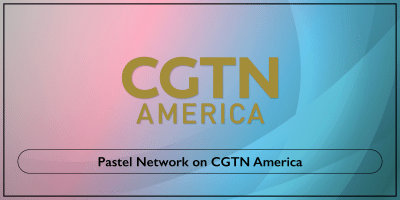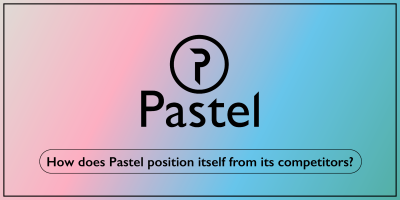February 2021
CEO Jeff Emanuel Interviewed by CGTN America
Jeff Emanuel, Founder & CEO of the digital art network Pastel Network, was recently interviewed by CGTN America! During the interview, Jeff shared his ideas about the future of digital art and Pastel Network. We wanted to write an article about the interview for our readers, and provide more insight on the founder’s long-term vision of the …
How does Pastel position itself from its competitors?
In our previous articles, we covered some of Pastel Network’s key characteristics. Nonetheless, we often get the following question: how does Pastel position itself from its competitors? This is a valid question, especially due to the great number of new crypto projects focusing on digital art and NFTs. Pastel, however, is certainly unique and has …
How does Pastel position itself from its competitors? Read More »

